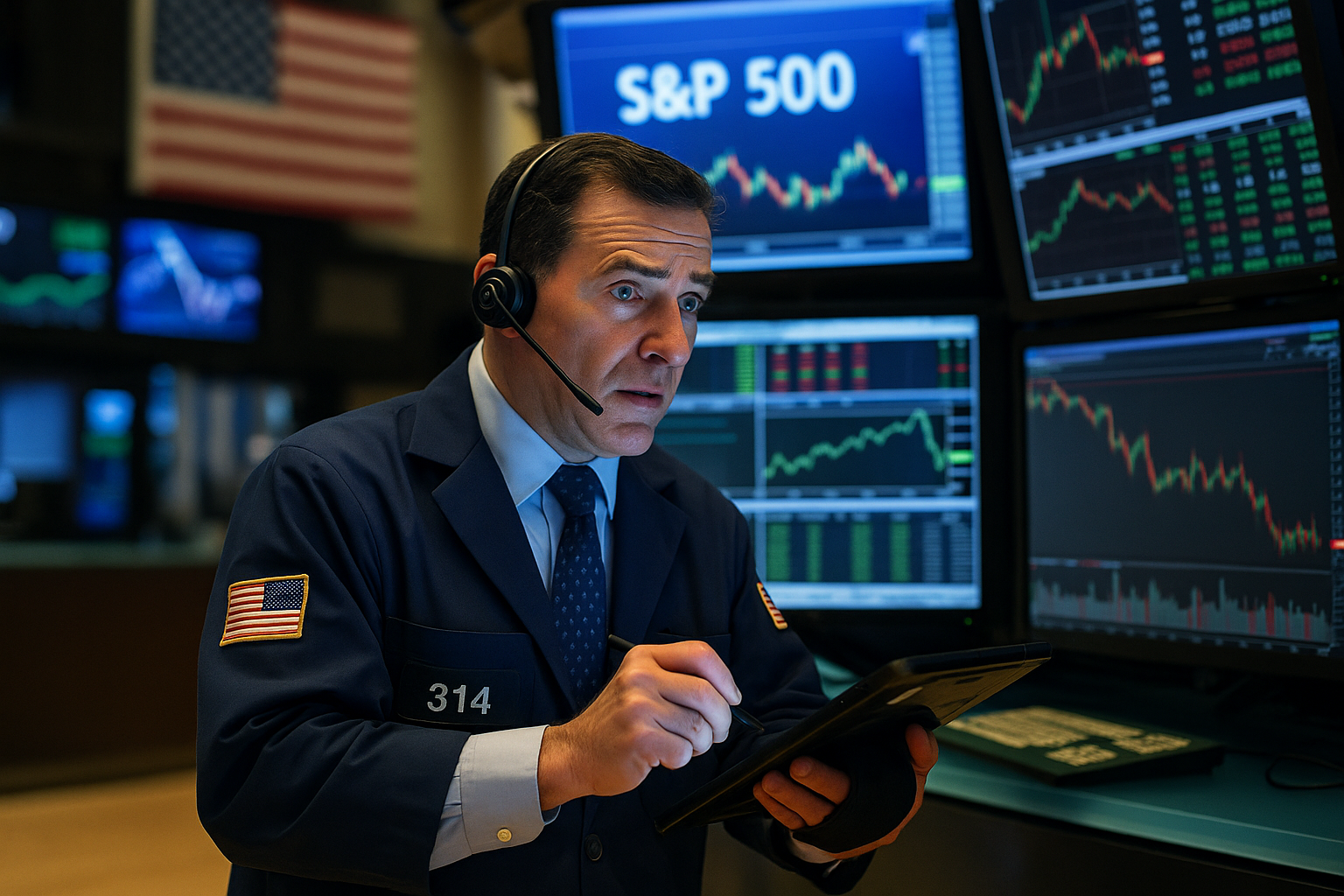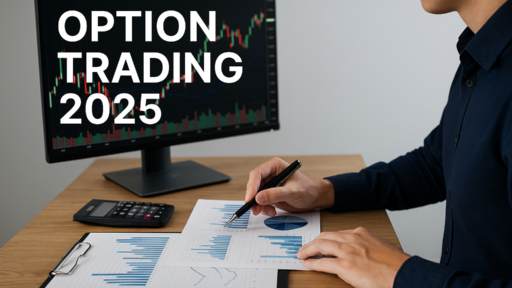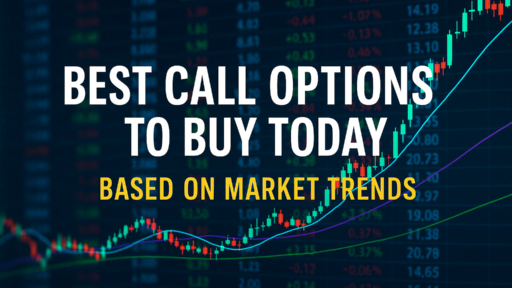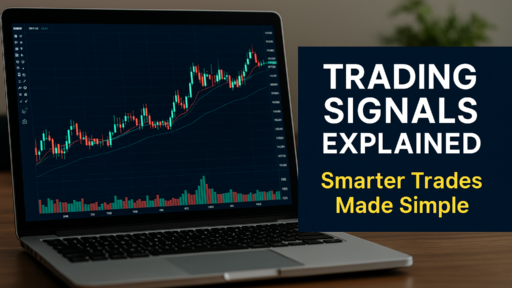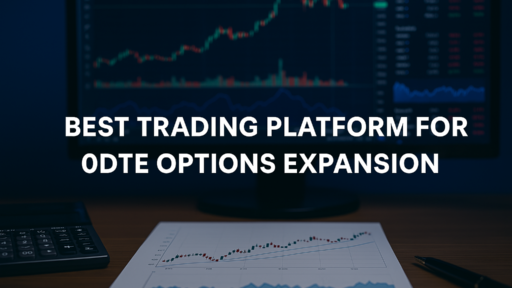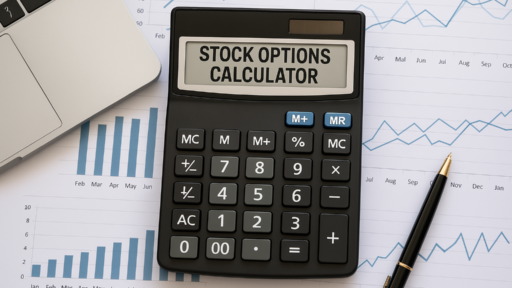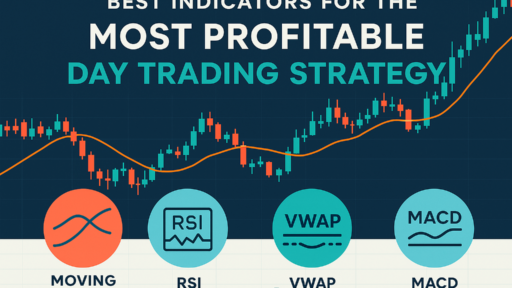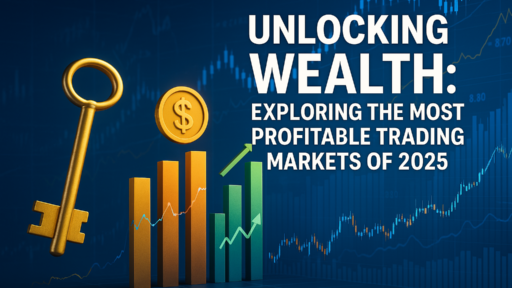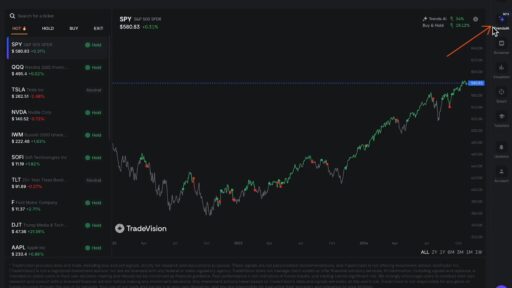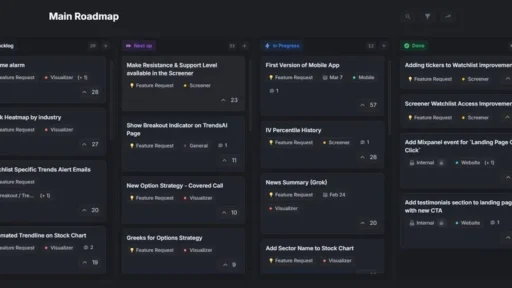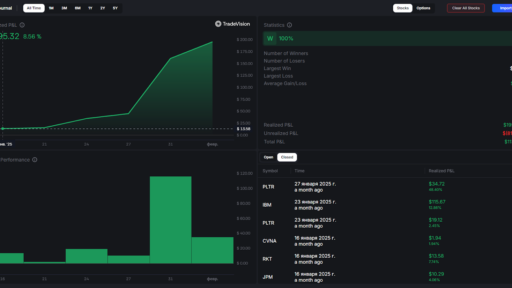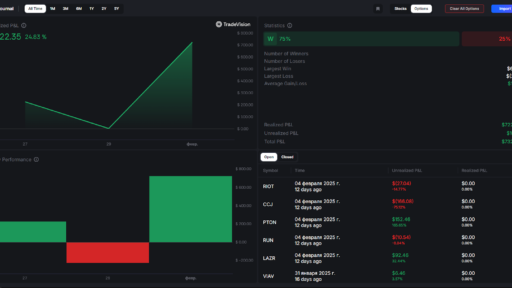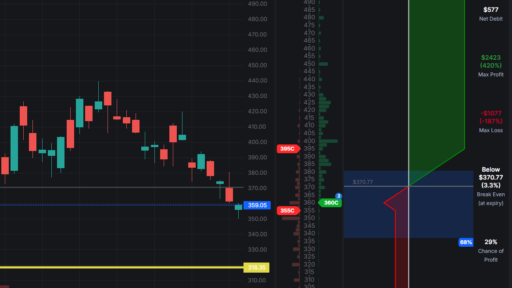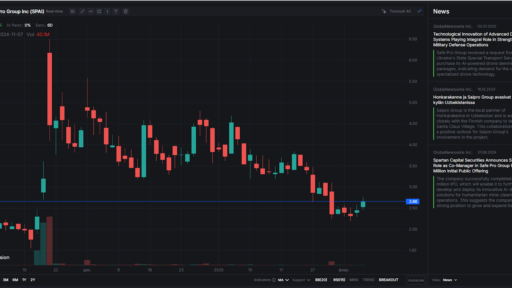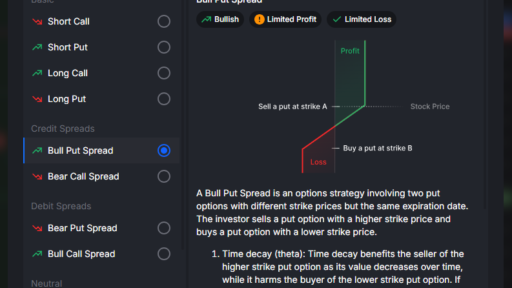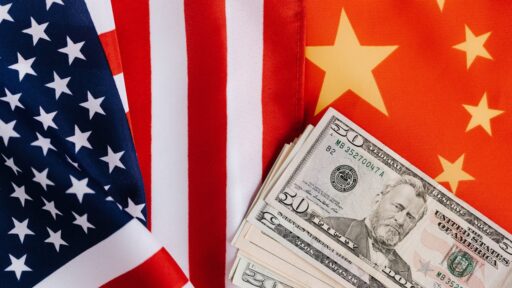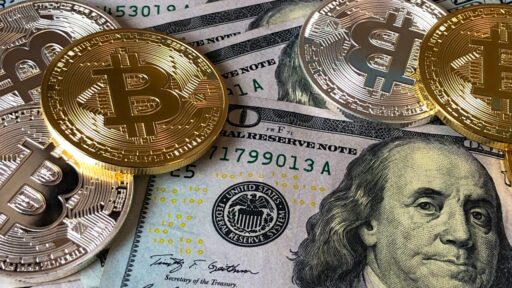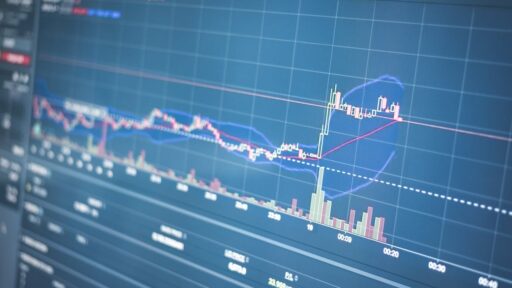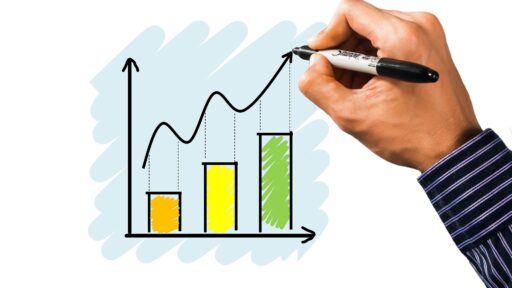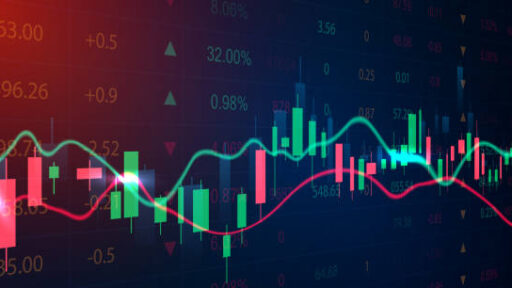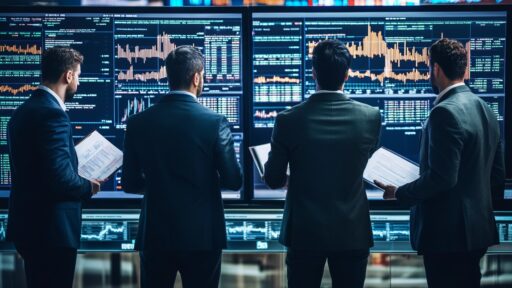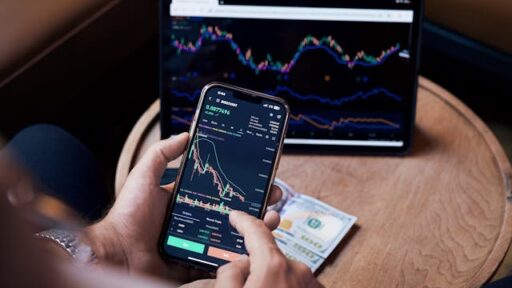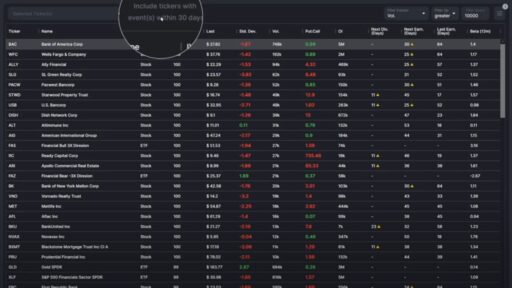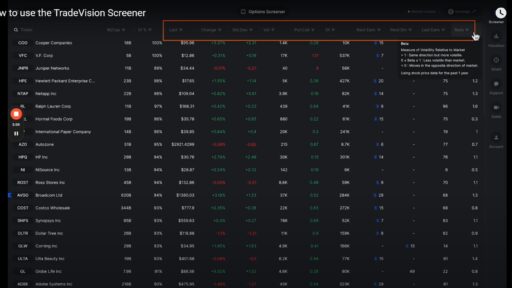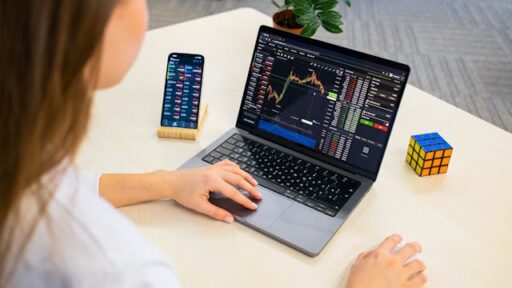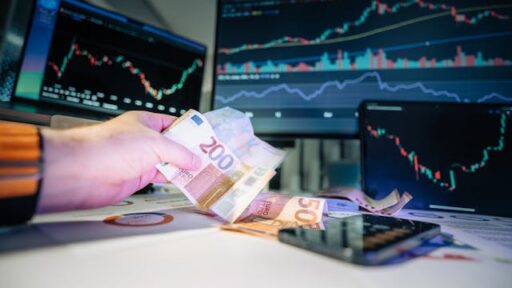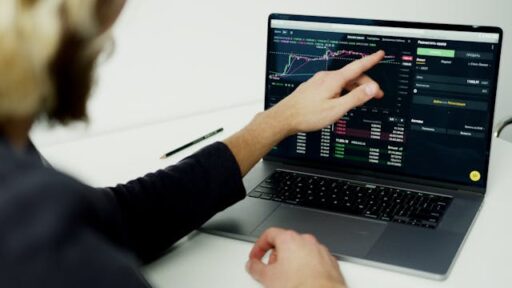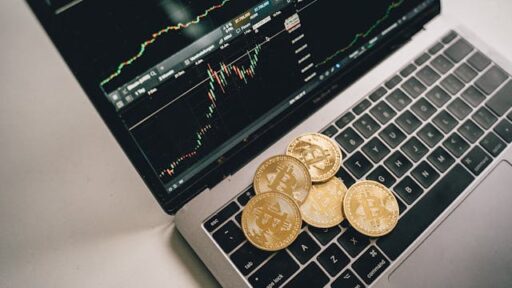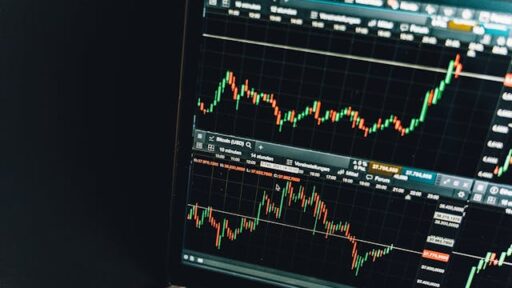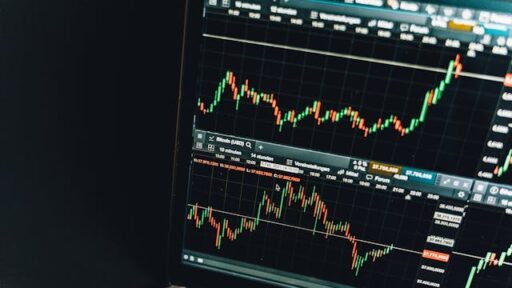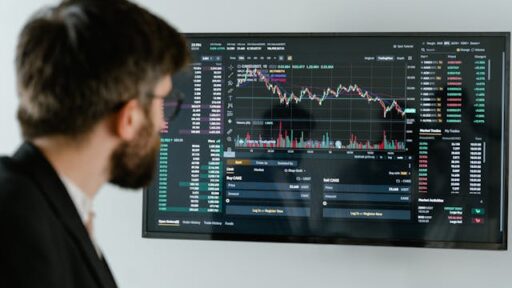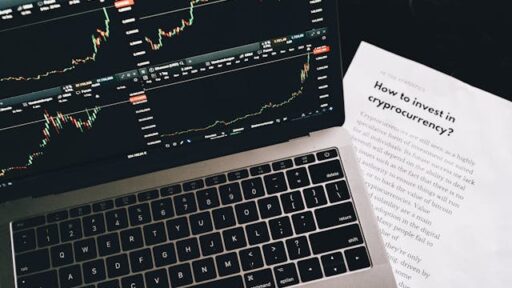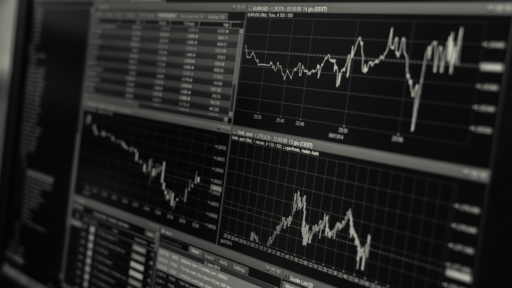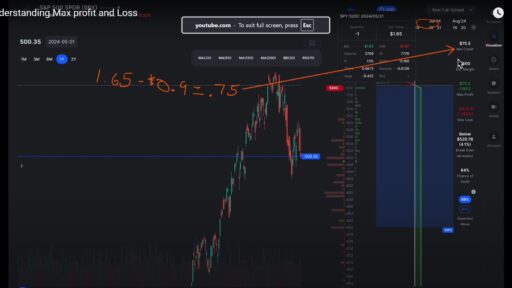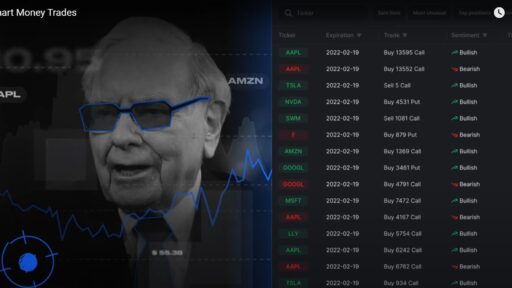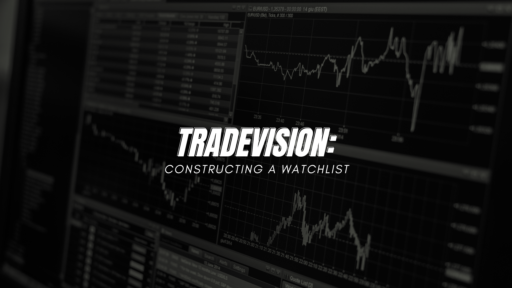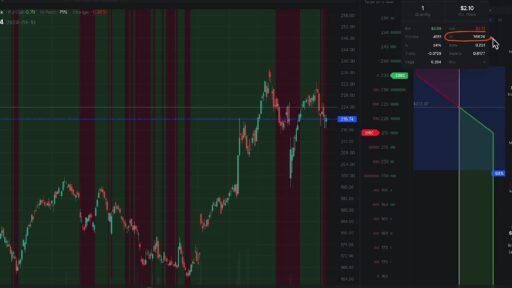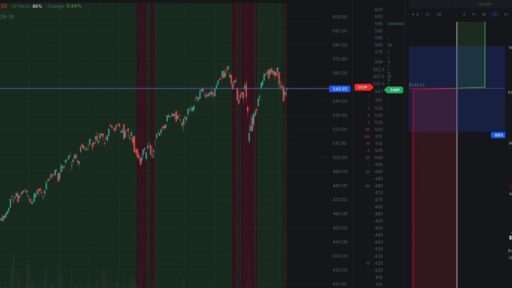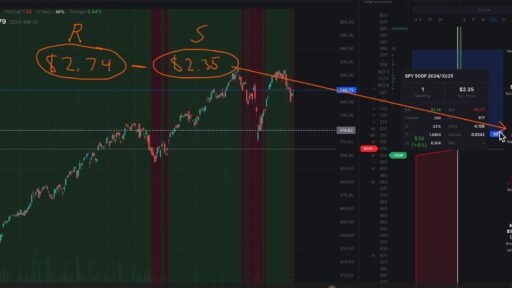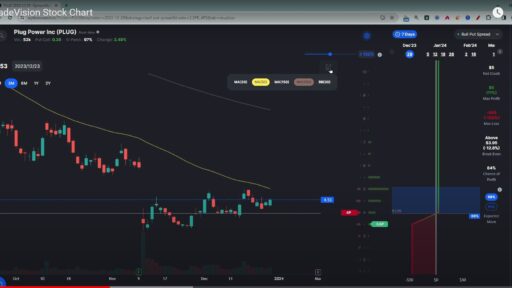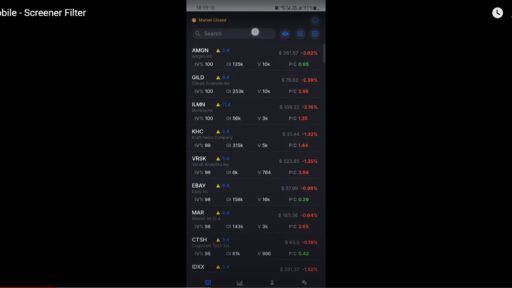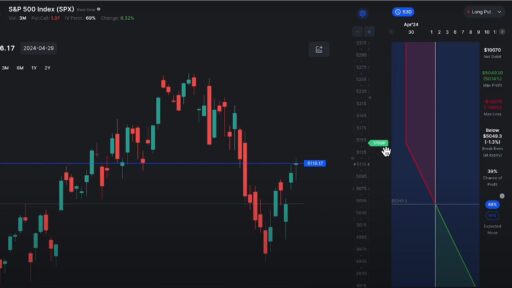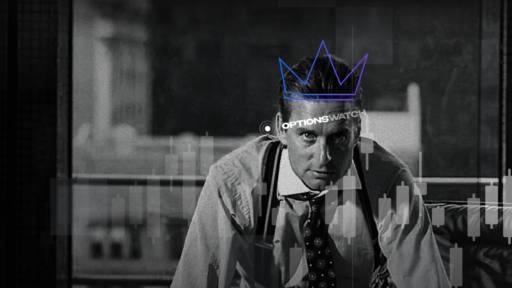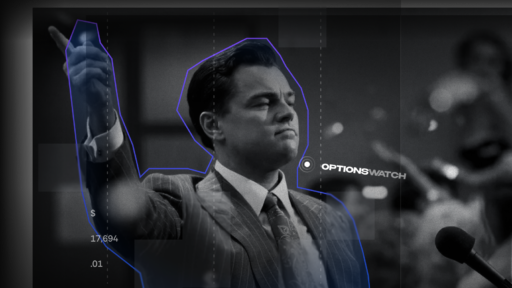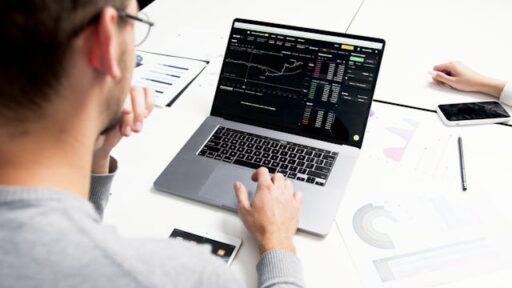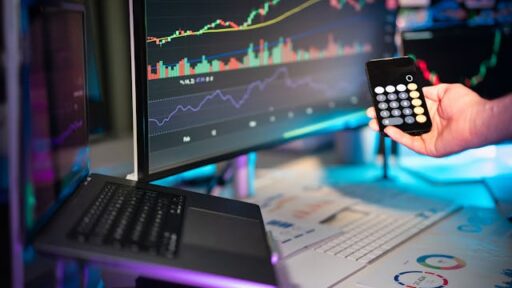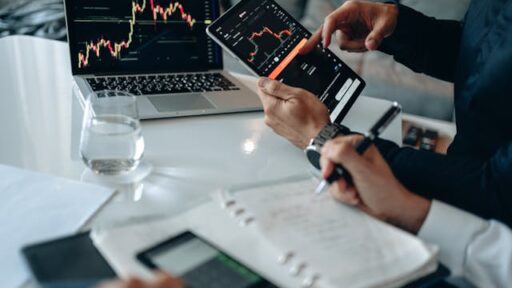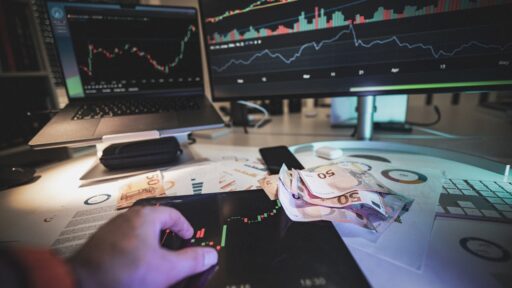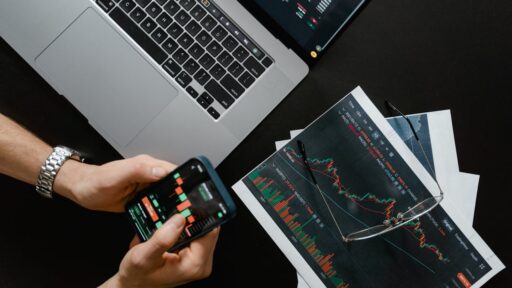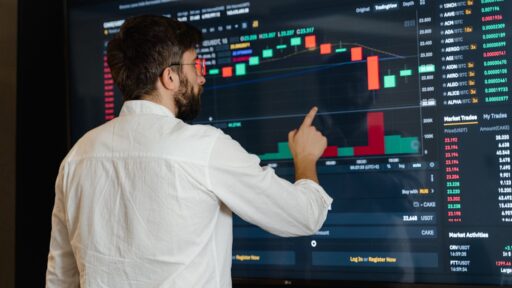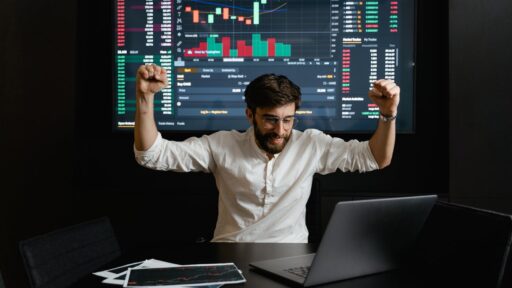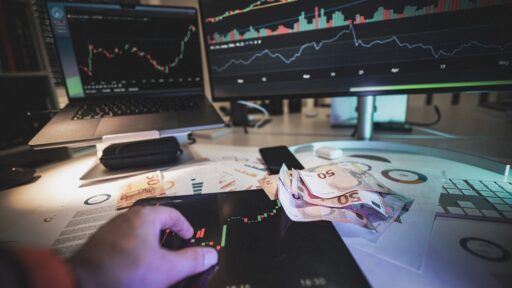Wall Street Banks and the Trump Factor: A Perfect Storm for Trading Gains
If you’ve been even casually glancing at financial headlines lately, you might’ve noticed a common thread: Wall Street banks are making a killing in 2025. What changed? The short answer: politics. But the longer (and more interesting) answer involves a fascinating intersection of market psychology, economic policy, and, yes, Donald Trump.
With Trump back in the White House, market volatility has surged. Whether you’re a fan or a critic, there’s no denying that his policies and statements have an uncanny ability to move markets—fast and often unpredictably. And guess who loves volatility? Traders. Especially those at major Wall Street banks.
In the first quarter of 2025 alone, top-tier banks reported a staggering $37 billion in trading revenue. That’s not just a number—that’s a signal. It tells us that the environment is ripe for trading activity, particularly for institutions with the resources to react quickly to market shifts.
Behind this surge is a renewed focus on short-term gains and speculative opportunities, often driven by geopolitical uncertainty, sudden regulatory changes, and tech sector instability. Each of these factors acts like fuel to an already roaring fire, creating daily—and sometimes hourly—opportunities for profit.
How Wall Street Banks Are Capitalizing on Market Volatility
So how exactly are these banks turning chaos into cash? The answer lies in their trading desks. These aren’t your average investor setups with a couple of screens and a cup of coffee. We’re talking about rooms full of analysts, algorithms, and AI systems working around the clock to detect patterns, predict movements, and execute trades with laser precision.
A huge amount of opportunity lies there in markets that fluctuate greatly based on geopolitical events, government actions, or even a single tweet—provided you know how to handle it properly. Uniquely equipped to carry out those are Wall Street banks with their advanced technology and vast resources.
Consider the most recent rise in commodities trading after China’s products have been subjected to fresh duties. Alternatively, the heightened public interest in defense stocks due to increasing world conflict. Exactly such moments open times for intelligent, quick trading.
It’s not just about speed, though. It’s about having the insights to anticipate what comes next. This is where platforms like TradeVision come into play. While traditionally used by institutions, platforms offering advanced analytics, real-time market insights, and predictive modeling are now becoming accessible to more advanced retail traders. TradeVision is one of the few tools that bridges the gap between Wall Street-level analysis and individual investor empowerment.
Whether it’s sector-specific volatility or macroeconomic shifts, TradeVision’s AI-powered platform helps traders recognize signals and trends that can lead to smarter trades. And that kind of edge is exactly what Wall Street banks have been using for years to stay ahead.
Wall Street Banks and the New Era of Retail-Institutional Convergence
What’s particularly interesting about this trading boom is how it’s not just benefiting the big players anymore. Thanks to the democratization of trading tools and financial data, retail investors are also stepping into the action.
We’re seeing a convergence: Wall Street banks still lead the charge in terms of scale and execution power, but savvy retail traders are starting to use some of the same tools and strategies. The line between professional and amateur is blurring.
This shift is creating a more dynamic trading environment. Algorithms are being developed not just by banks but by tech-savvy individuals. Communities on platforms like Reddit and Discord are sharing insights faster than ever. And solutions like TradeVision are helping to level the playing field by offering AI-powered predictions, customizable dashboards, and global market coverage that used to be reserved for institutional investors.
In other words, while Wall Street banks are raking in billions, the rest of us aren’t just watching from the sidelines anymore. There is a growing sense of participation, experimentation, and access that’s empowering everyday investors to navigate market volatility like never before.
Even educational content around trading has taken off. From YouTube breakdowns to Substack newsletters, the ecosystem is more inclusive than ever. And that’s creating a healthier, more competitive marketplace where the informed investor truly thrives.
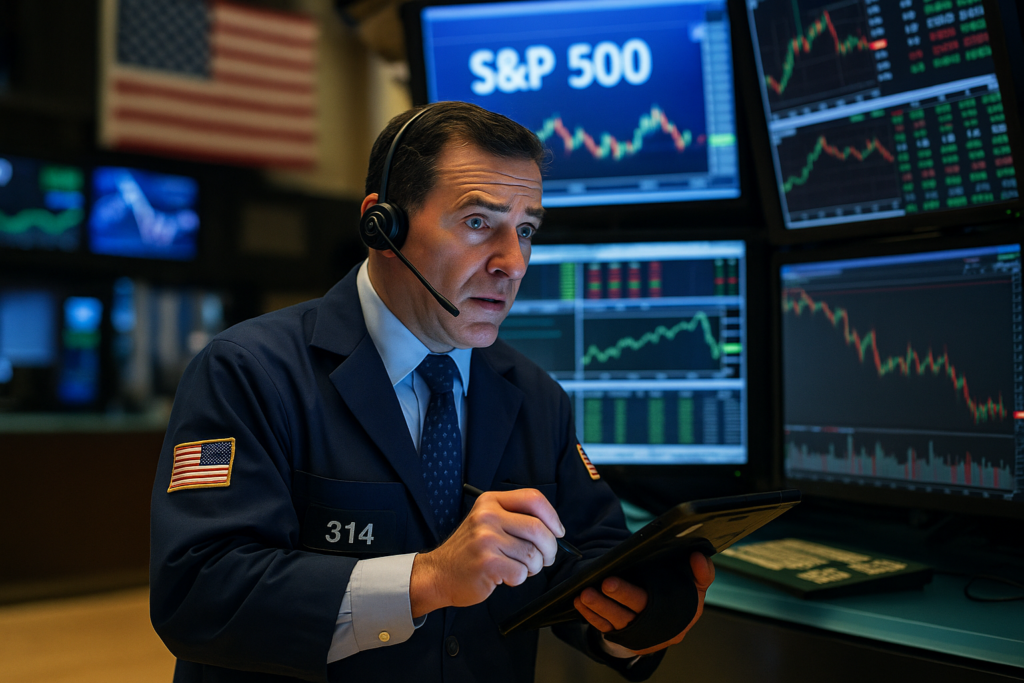
What This Means for Traders in 2025
If you’re a trader—or even just a curious observer—there are a few key takeaways from all this:
- Volatility = Opportunity: As unsettling as it might be, political and economic instability often lead to increased trading opportunities.
- Information is Power: The faster and more accurately you can process market information, the better positioned you are to act. This is where having access to the right tools (like TradeVision) can make all the difference.
- Retail Traders Are Rising: The old gatekeepers are still strong, but the gates aren’t as high anymore. With education, tools, and a bit of grit, individual traders can now play on a much more level field.
- Flexibility is Key: In 2025’s rapidly evolving market, sticking rigidly to old strategies may not serve you well. Adaptability and openness to new platforms and tactics are critical.
- The Hybrid Trader Is Here: The best traders today combine old-school intuition with new-school data science. That synergy is the sweet spot in a market like this.
It’s a fascinating time to be involved in trading, and while the headlines may be dominated by Wall Street banks, the real story is about how technology is transforming access and opportunity for everyone.
FAQ: Wall Street Banks and the 2025 Trading Boom
Q: Why are Wall Street banks making so much money right now?
A: Increased market volatility under the Trump administration has created ideal conditions for trading. With more dramatic price movements and policy-driven shifts, banks are leveraging their speed and resources to capitalize.
Q: Is this trend likely to continue?
A: As long as political and economic conditions remain unstable, we can expect volatility to persist—and with it, trading opportunities for Wall Street banks and savvy investors alike.
Q: Can retail investors benefit from this boom?
A: Absolutely. With access to platforms like TradeVision, retail investors can utilize professional-grade analytics and real-time data to inform their trades.
Q: How is TradeVision different from other trading platforms?
A: TradeVision stands out for its AI-driven insights, global market coverage, and highly customizable user experience, making it a favorite among both seasoned traders and ambitious newcomers.
Q: What should I watch out for in this kind of market?
A: Volatility brings opportunity but also risk. It’s important to stay informed, manage your risk, and avoid emotionally driven trades.
Q: How do Wall Street banks use AI in trading?
A: They use AI to process massive datasets, detect market signals, predict trends, and automate high-frequency trades. AI gives them a crucial edge, and now, platforms like TradeVision bring similar capabilities to independent traders.
Q: What industries are most affected by current volatility?
A: Tech, energy, and defense sectors are especially sensitive to geopolitical and policy shifts right now, making them hot zones for trading activity.
Q: Do I need a lot of money to start trading like Wall Street banks?
A: Not anymore. While you might not match their scale, tools like TradeVision allow you to access sophisticated strategies and analytics with a relatively modest investment.
Whether you’re watching from Wall Street or Main Street, one thing’s for sure: the game is changing. And with the right tools, you just might find yourself playing to win.

